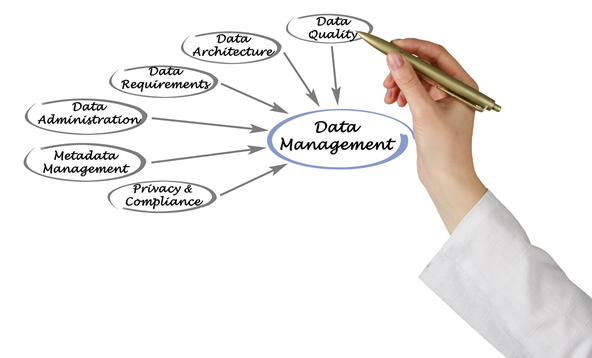
When you are first developing your DMP, there are several things to consider. In this section we will run through these topics point by point by posing a series of questions that will help you to determine what to include in your DMP.
1: What does your funder require?
Sponsors of research are beginning to place more and more emphasis on data management and data sharing. For example, Forskningsrådet offers guides on DMP requirements and encourages data sharing where appropriate. In fact, if you don't submit a DMP with your grant application, you will need to justify it. The funder's requirement shouldn't be your end point, but rather your point of departure. Much more than is required of funders is generally needed for a working, living document.
2: What does the ethics board require?
Norwegian ethics boards like REK and NSD will require the submission of a DMP which indicates how data will be stored securely during and after the project, especially if you are collecting sensitive data. In some cases much more is needed. Where will consent forms be stored during the project and what will happen to them once the project ends? How will the anonymization be performed? Using fMRI as an example, you will detail what steps will be taken in anonymization of the DICOMS at transfer to encrypted disc and about defacing and skull stripping of the images. REK may also require fMRI projects to have a plan in place for a radiologist to review the images for incidental findings.
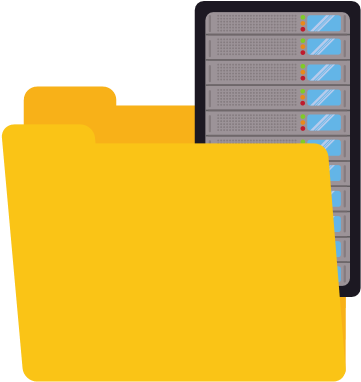
3: What does your future data repository require?
Plans for long-term storage of data in a repository must be considered long before data collection begins. The repository should be listed in DMPs submitted to funders and ethical review boards. This is important because you will need to budget for costs involved with curation, storage, maintanence and sharing of your data. You will also need to obtain informed consent for long-term storage and sharing of your data from participants. Certain repositories have specific data structuring and curation rules you may want to follow from the start.
4: What kind of data will you collect?
What is the nature of your data? Many projects cross modalities, using for example, psychological testing and EEG, or eye tracking and fMRI. Some projects will reuse data from other projects. Include file formats that will be generated and if any of them are proprietary. You will also want to indicate the volume of data that will be collected.
5: Who is responsible for data collection?
Who will be involved in data collection and what role and tasks are they each responsible for? What training will they receive to ensure they are prepared to collect the data for your project?
6: Where will your data be stored in the short-term during collection and analysis?
Several options for active data storage and analysis environments 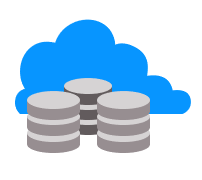 exist. These include Shared Volumes, Lagringshotell, TSD, among others. Which you use is largely dependent upon the degree of security your data requires. See our guide Environments for Data Management and Analysis for more information.
exist. These include Shared Volumes, Lagringshotell, TSD, among others. Which you use is largely dependent upon the degree of security your data requires. See our guide Environments for Data Management and Analysis for more information.
7: How will you transport your data?
Include information about how data will be  transferred from the lab or hospital setting to your department. Will it be transferred via encrypted hard drive or exported directly to your data storage environment?
transferred from the lab or hospital setting to your department. Will it be transferred via encrypted hard drive or exported directly to your data storage environment?
8: How will your data be organized?
Having a shared plan in place for exactly what folder and file-naming 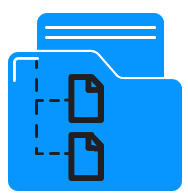 conventions will be used will spare grief when others join your project. What programs will you use in data capture, pre-processing and analysis and what file types do the programs generate? How the folders and files will be structured is also an important consideration. Decide before data collection begins if you will use a preexisting file structure accepted in your field (for example, BIDS for neuroscience data) or create your own.
conventions will be used will spare grief when others join your project. What programs will you use in data capture, pre-processing and analysis and what file types do the programs generate? How the folders and files will be structured is also an important consideration. Decide before data collection begins if you will use a preexisting file structure accepted in your field (for example, BIDS for neuroscience data) or create your own.
9: Who will have access to the data?
Knowing in advance who will be provided access to the data will save time when assigning access, for example, in Forskningshotell by folder permissions. You may designate access permissions in your ethics applications as part of ensuring data security.
10: How will you document your data?
Metadata, or more directly, data about data, is important. Without proper documentation of metadata, others who attempt to use your data, even interdepartmentally, may have difficulty understanding it, or replicating your results. Essentially a record of all aspects of your dataset, changes to the data including preprocessing, and steps taken during analysis should be clearly documented. Metadata also includes informaton about events in the lab, for example, if certain EEG channels were not working or even if a participant left the scanner to go to the bathroom. Even simple things like this can effect the data and need to be documented.
 11: How will you ensure quality of the data?
11: How will you ensure quality of the data?
What tasks will be performed during the quality control process and who will perform them? Will any programs be used to find duplicate files or to find formatting consistencies in data fields (for example, when one data entry field reads "34 cm" while another is entered as "48,0 centimeters")? Ensuring data quality also involves version control, or measures to indicate when changes were made to files and by whom. This is especially important when several people will work with the data.
12: What are your plans for analysis?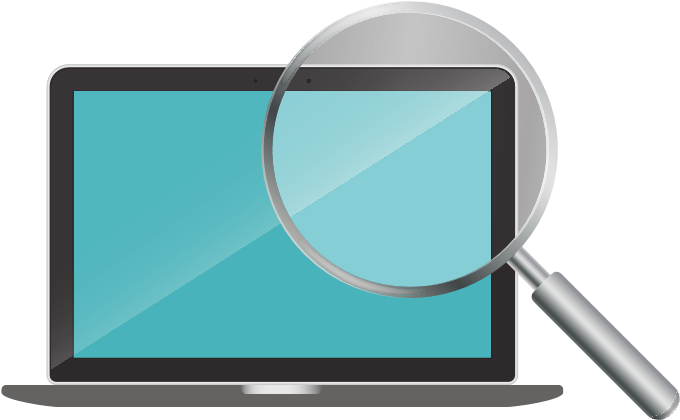
What steps will be taken in the analysis process? Include not only the methods, but the software used that will be used and the files that each step of the process will produce.
13: Who owns the data?
You will need to know who the true owner of the data is in order to determine who makes access and storage decisions. This also determines what can be done after the project is complete and by whom. Plans should also be put in place for what happens to the data if you leave the institution. Who will be the contact person for matters pertaining to data sharing?
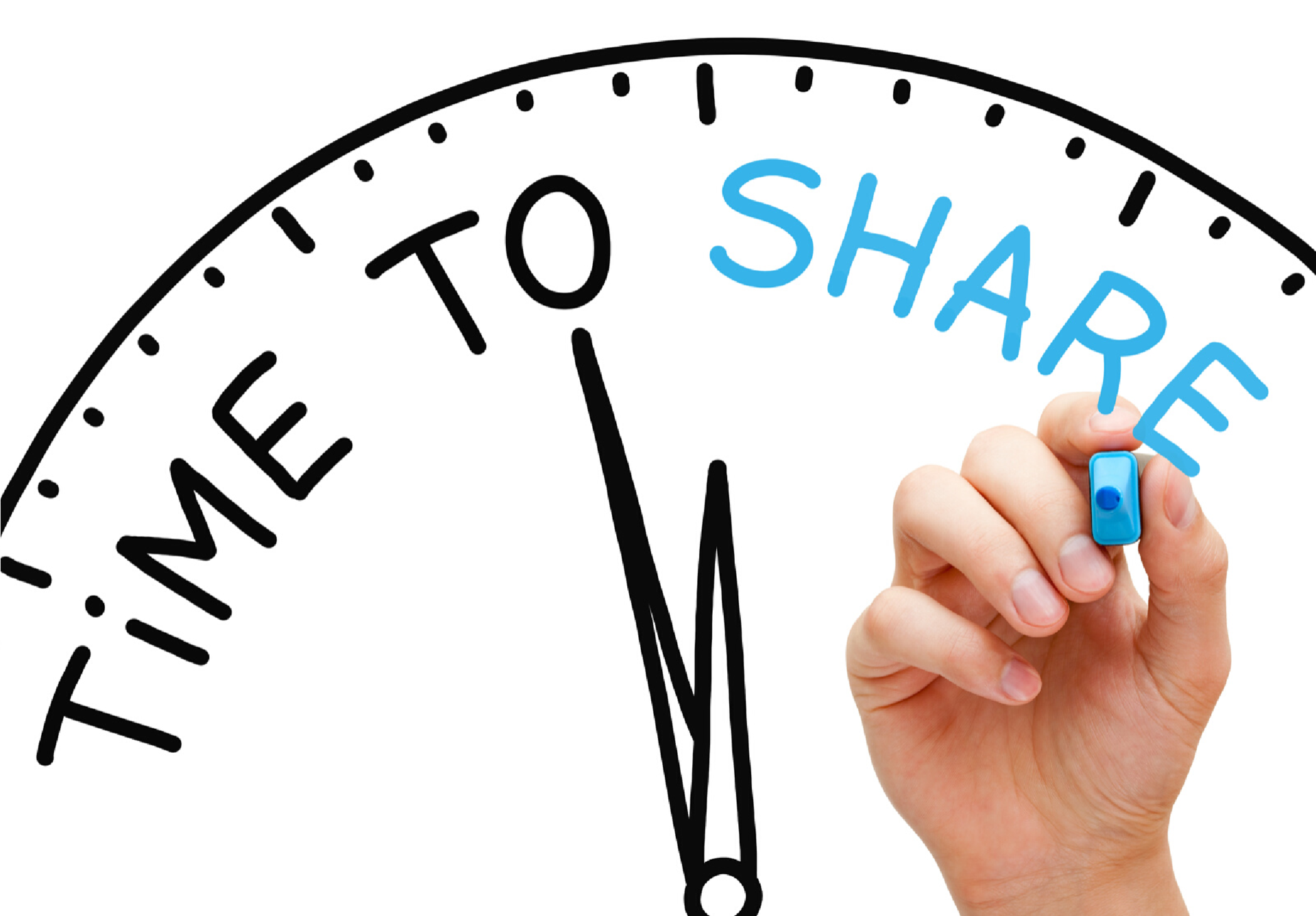
14: Will you make the scripts written by team members to analyze the data available?
Best practices in open data require making your methods as transparent as possible. This includes sharing the code that has been written to perform analysis. GitHub, for example, is a commonly used repository for sharing code in science.
15: What licensing will you apply to the data and the programs/scripts associated with your project?
A variety of licenses that can be applied to the sharing and use of your data exist. These state who may use the data, for what purpose, and how they must obtain access. You may choose the one that best suits your project. Some examples include Creative Commons Public Domain Dedication (CC0), Open Data Commons Public Domain Dedication and License (PDDL), and Creative Commons Attribution- NoDerivatives 4.0 International (CC BY-ND) among others.
your data exist. These state who may use the data, for what purpose, and how they must obtain access. You may choose the one that best suits your project. Some examples include Creative Commons Public Domain Dedication (CC0), Open Data Commons Public Domain Dedication and License (PDDL), and Creative Commons Attribution- NoDerivatives 4.0 International (CC BY-ND) among others.